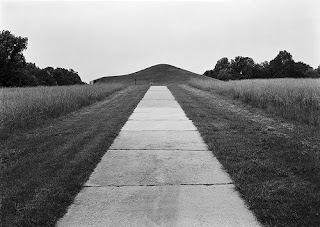
Defy gravity and fly with this assignment!!!
Levitation photography challenges photographers in several areas:
Planning, positioning, background, posing, props, lighting, editing.
Create portraits that defy gravity
Several things that you MUST consider in your image creation:
- Consider the environment/location/composition.
- Consider your model, what are they wearing, will it hang or flutter when flying.
- What small things can you do to make the image appear more realistic? What can support it?
- Keep your camera in one place- Use a tripod.
- Always take a clean shot of the background so you have something for reference during editing.
- Shoot the same day with the identical lighting. Close to the first photo, so shoot quickly so the lighting will be the same in each composite image.
- Shoot all the pieces that you will need in the location.
- Think ahead of the items that will be removed.
Plan- Before you head out, sketch out your idea, list your model, your location, props, chair etc. anything you need. Write on paper, or in your journal.
Shoot- several frames of the background and your model and props.
Make- A contact sheet include your backgrounds, model, props (before the edit).
Edit- Create 3 composite images in Photoshop using either the same image with different positioning or props, or different images altogether, it is up to you.
Sites to help you develop ideas:
Invisible Bicycles
Dreaming of Flying
A Case of Levitation This one has an era and a story.
This Levitation Tutorial is really good to get you started on a theme.
Images and Contact Sheet Due: Monday, January 5th 2015.
3 Levitation Composite Images Due: Monday, January 12th 2015.













 Balance
Balance










